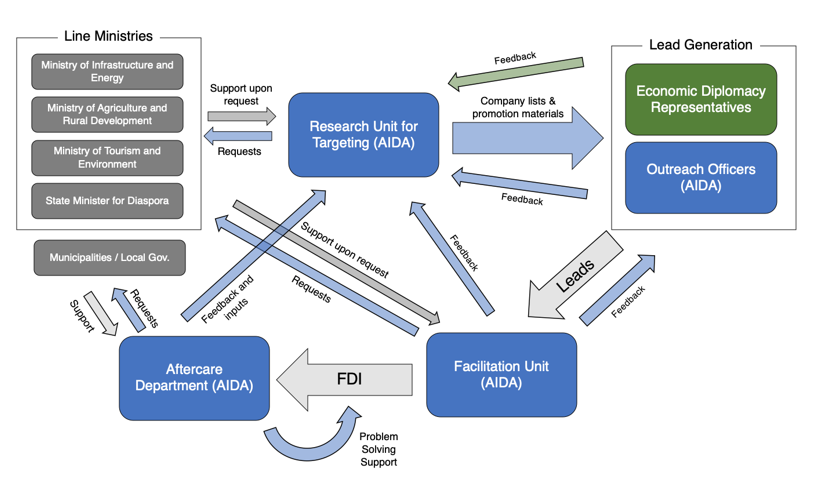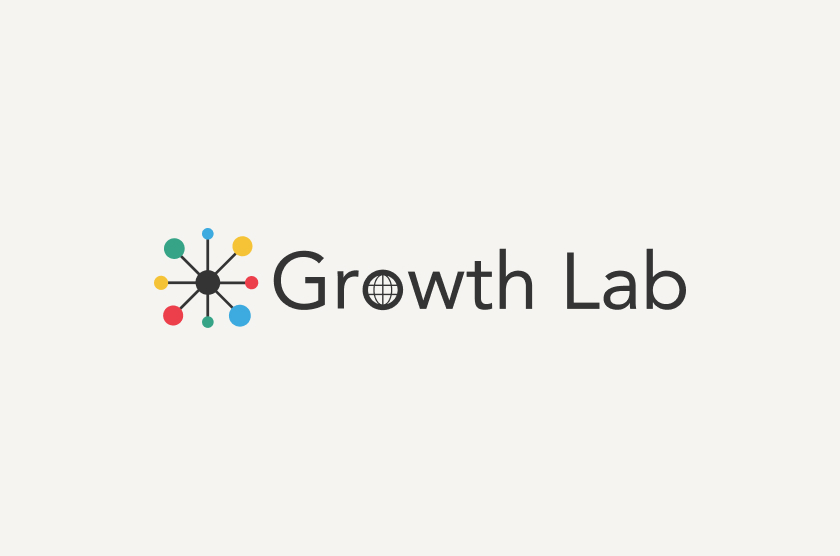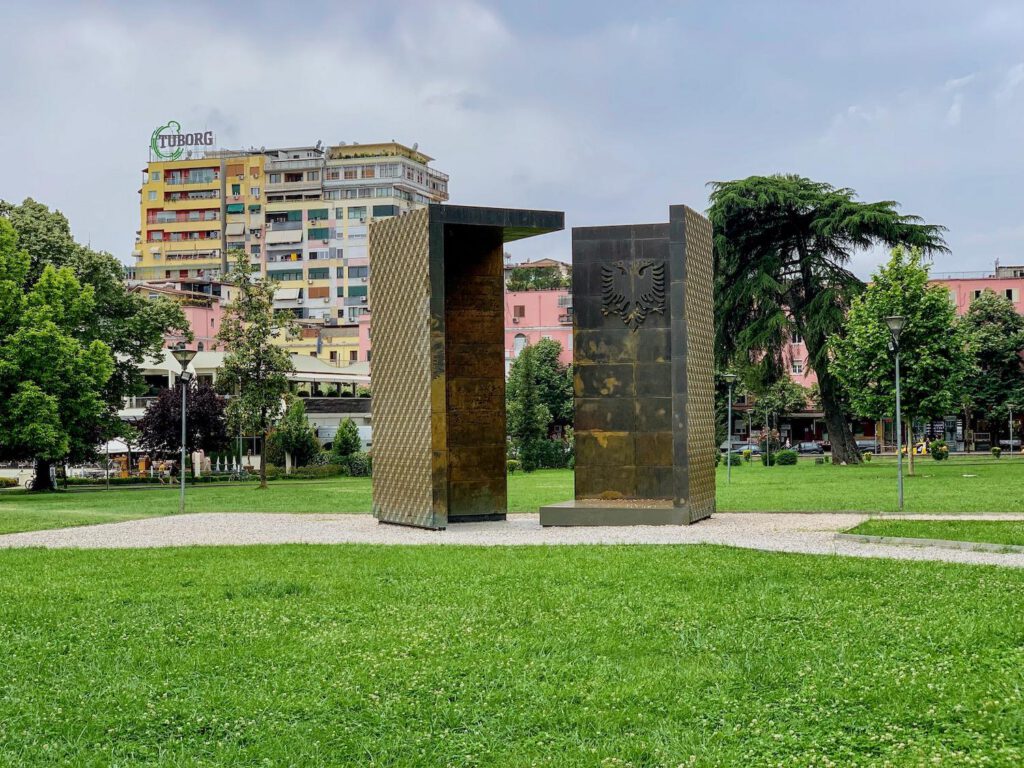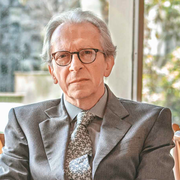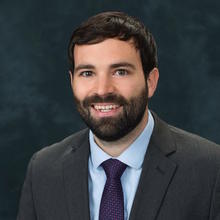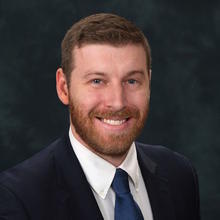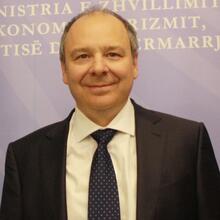Our work in Albania started in fall 2013 as a way to tackle the slowdown in economic development. At that time, the external sources of growth – remittances and exports – had stalled. Solvency constraints and unfavorable credit market conditions restricted the effectiveness of the fiscal and monetary policies. These factors conspired against an economic recovery and demanded that Albania rethink the processes leading to its growth.
To address this situation, in cooperation with the Government of Albania and the Open Society Foundations, the Growth Lab at the Center for International Development (CID), led by professor Ricardo Hausmann, launched the first project, titled, “Economic Growth in Albania” (2014-2017). The initial project focused on three key areas: (1) ensuring short-term macroeconomic and fiscal stability, (2) building fiscal strength over the medium term, and (3) developing sectors that can be sustainable drivers of growth in exports and jobs.
Over the years, the project has gone through different stages of evolution, from helping Albania gain macroeconomic stability, to targeted interventions in sectors with growth potential, such as agriculture, fasons, tourism, special economic zones, energy, and investments. Recognizing the transformative potential that rests with the Albanian diaspora, the project worked hand in hand with the government and diaspora groups in the United States to find ways of engaging Albanians abroad with social and economic development in Albania.
More About this Project
In 2017, a second project, titled, “Institutional Strengthening and Economic Diversification in Albania” (2017-2019), was launched to advance the work started in the previous four years, and more specifically to: (1) help the government maintain macroeconomic stability, (2) assist with the emergence of new growth actors, and (3) increase government’s capability to implement policies and reforms. The second project was funded by Open Society Foundations. In 2019 and 2020, Consulting and Management Albania sponsored our continued engagement in Albania in the areas related to aviation and energy.
In fulfilling the project objectives, the Growth Lab brought together a team of prominent researchers, experts, and faculty in the fields of macroeconomics, energy policy, public finance, agriculture, labor markets, public administration, infrastructure development, and law, among other areas.
The outcomes of the Albania project include Growth Lab working papers, case studies, analyses, reports, policy briefings and recommendations, trainings, and executive education courses. Since 2014, every year, graduate students from Harvard University have participated in Growth Lab summer internship programs in Albania.
